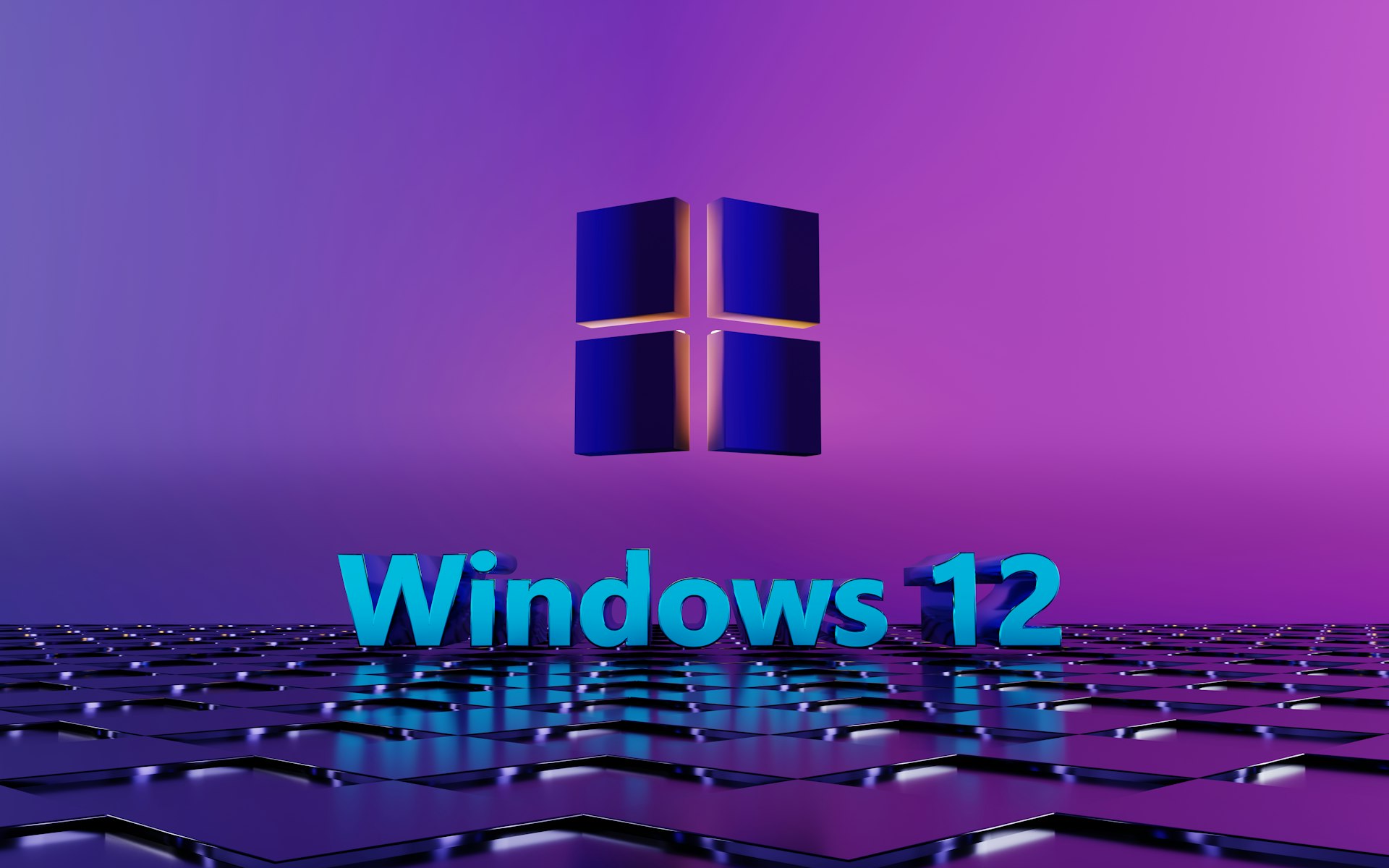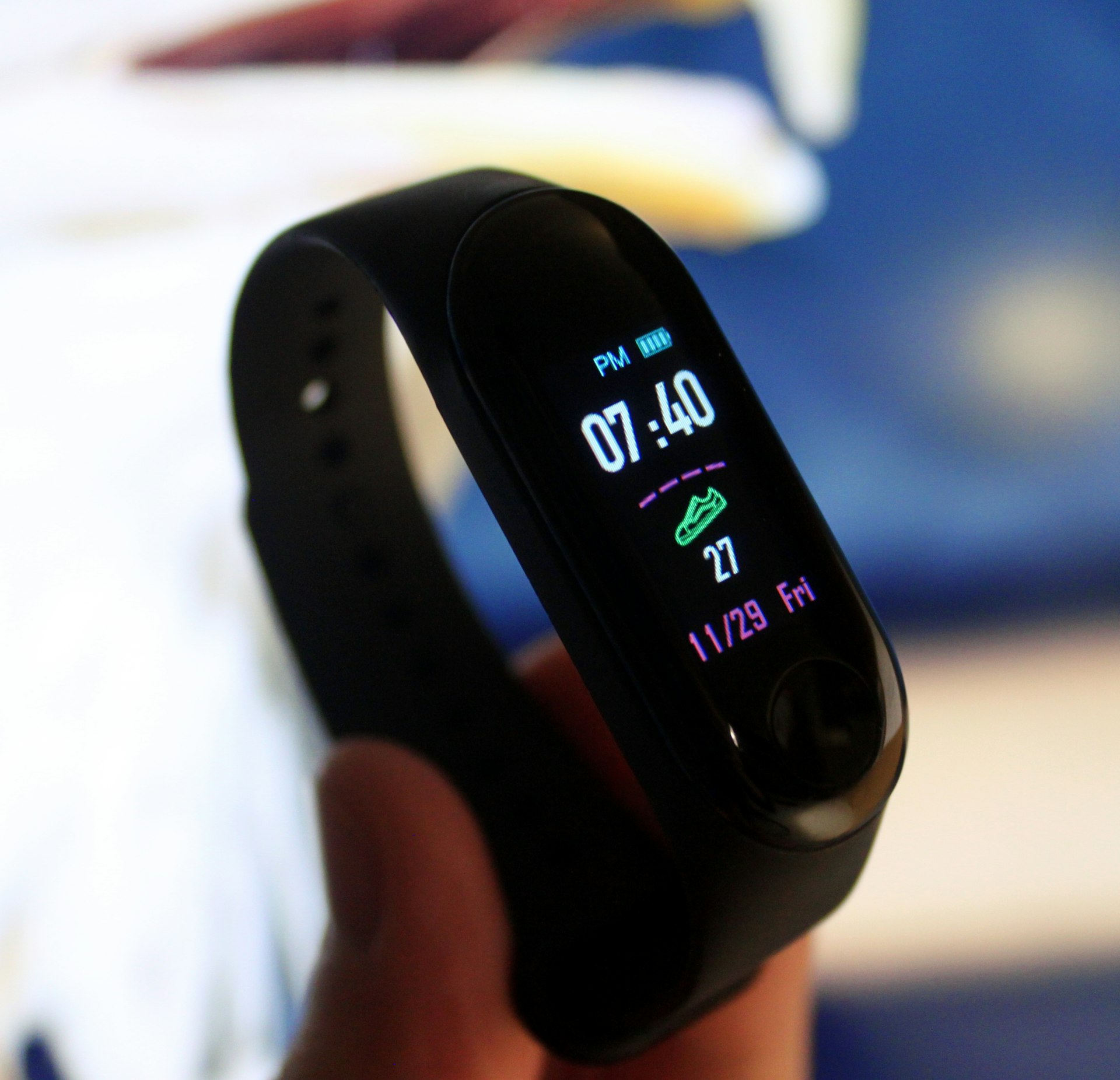Inside the Resurgence of Retro Handheld Consoles: Trends, Devices, and How to Join the Movement

Photo by 85mm.ca on Unsplash
Introduction: The Retro Handheld Console Revival
The gaming industry has witnessed a remarkable revival of retro handheld consoles in recent years. This renewed interest is driven by nostalgia, technological innovation, and a desire to reconnect with gaming’s golden eras through modern, portable devices. Whether you are a seasoned gamer longing for classics or a newcomer seeking authentic experiences, today’s retro handhelds offer a unique blend of old-school charm and cutting-edge features [1] .
Why Retro Handhelds Are Surging in Popularity
The resurgence of retro handheld consoles is underpinned by several key factors:
- Nostalgia : Many gamers yearn for the simplicity and excitement of titles from the 80s, 90s, and early 2000s. Portable consoles make revisiting these classics more convenient than ever [3] .
- Modern Technology : Today’s devices seamlessly merge retro aesthetics with high-definition screens, improved battery life, Wi-Fi/Bluetooth connectivity, and robust emulation capabilities [2] .
- Emulation Advances : Superior software compatibility now allows a single device to run games from multiple vintage platforms, offering a vast library in your pocket [4] .
- Affordability and Accessibility : Many retro handhelds are available at price points that are lower than current-generation consoles, making them accessible to a broader audience [4] .
Current Market Trends and Growth in 2025
Industry reports show that interest in retro handhelds has soared. For example, Google Trends data highlights a 152% increase in search volume for “retro handheld game console” between August 2024 and February 2025. The most significant spikes coincide with major product launches and the holiday shopping season, demonstrating the strong consumer appetite for these devices [1] .
This growth is also mirrored in the proliferation of new models and brands, as both established companies and innovative startups compete to capture the nostalgia-driven market. Popular devices such as the Anbernic RG477M, AYANEO Pocket Micro, and Retroid Pocket Flip 2 have emerged as leaders by offering reliable performance and authentic retro experiences [3] [4] .

Photo by Nik on Unsplash
Top Retro Handheld Consoles of 2025
The following devices have garnered widespread acclaim among enthusiasts and reviewers in 2025:
1. AYANEO Pocket Micro
This compact device combines a premium metal chassis, MediaTek Helio G99 SoC, and a vibrant 3.5-inch screen. It is capable of emulating games up to the GameCube and some PS2 titles. With modern features like a fingerprint reader, glass faceplate, and high-quality controls, the Pocket Micro offers a sophisticated retro gaming experience. Pricing typically ranges from $219 to $250, and it is available directly from the manufacturer’s website [4] .
2. Retroid Pocket Flip 2
Building on its predecessor, the Flip 2 boasts a clamshell design, OLED screen, and an upgraded processor for smooth emulation of demanding titles. The device runs on Android, supporting a wide range of emulators and customization options. Notable improvements include a reinforced hinge and enhanced hardware reliability. This model is especially popular for its versatility and portability [2] .
3. Anbernic RG477M
Launched during the 2024 holiday season, the RG477M is recognized for its balance of affordability and robust performance. The device features a traditional form factor, user-friendly interface, and compatibility with numerous retro games. It is particularly praised for its battery life and durable build [1] .
4. Other Noteworthy Devices
Additional options like the MagicX Touch Zero 40 and the Retroid Pocket Classic offer varied designs and performance tiers to suit different preferences and budgets. For a detailed, up-to-date comparison, consult in-depth reviews from trusted gaming media and enthusiast sites [4] .
How to Access and Start Using Retro Handheld Consoles
Getting started with retro handheld gaming is straightforward. Here’s a step-by-step guide:
- Determine Your Budget and Needs: Assess whether you want a device focused on retro classics, modern games, or a hybrid. Decide your budget range (e.g., $100-$300 for most quality models in 2025).
- Research Reliable Retailers: Purchase directly from manufacturer websites such as AYANEO.com or Retroid.com, or from major retailers with established reputations. Always verify availability and warranty policies before purchase.
- Check for Community Reviews: Engage with gaming forums and review sites for user feedback on performance, build quality, and support. YouTube channels like Retro Game Corps and written reviews from Retro Dodo can provide in-depth device overviews [4] .
- Understand Emulation and Legal Considerations: Most devices rely on emulation software, which is legal when used with games you own. Research the legal status of ROM downloads in your country and use official sources whenever possible.
- Install and Configure Software: Many handhelds come pre-installed with emulators, but you may need to download others based on your preferences. Follow manufacturer guides or seek advice from community tutorials for optimal setup.
- Join Online Communities: Participation in forums, Discord servers, and social media groups can offer troubleshooting tips, recommendations, and updates on new releases.
If you are unsure about the best source or need step-by-step help, consider searching for “best retro handheld consoles 2025” on reputable gaming sites and checking user forums for the latest advice.
Potential Challenges and Solutions
While retro handhelds are approachable, users may encounter some common issues:
- Emulator Compatibility: Some devices may not support all retro platforms equally. Research which consoles each device is optimized for, and seek out firmware updates for improved compatibility [2] .
- Battery Life: High-performance emulation and bright screens can drain batteries quickly. Carry a portable charger or opt for models known for longer battery life [1] .
- Firmware and Software Updates: Regularly check the manufacturer’s website for updates to fix bugs and expand compatibility. If you experience setup difficulties, consult official support channels or online communities.
- Supply Shortages: New releases can sell out quickly, especially during peak seasons. Sign up for restock notifications or follow official social media accounts for timely updates.
Alternatives and Additional Pathways
If dedicated retro handhelds are not available or suitable for your needs, consider these alternatives:
- Smartphone Emulation: Modern smartphones paired with Bluetooth controllers and legal emulator apps can provide a comparable retro gaming experience. Search for “Android retro emulators” or “iOS retro game emulators” for the latest options.
- Classic Console Reissues: Companies occasionally re-release mini versions of their classic consoles (such as the NES Classic Edition). These can be found through official manufacturer sites or major retailers.
- DIY and Open-Source Projects: For technically inclined users, building a handheld using Raspberry Pi and open-source software offers deep customization. Look for guides on trusted tech forums and maker communities.
Summary and Key Takeaways
The resurgence of retro handheld consoles reflects a broader trend of merging nostalgia with technology, giving gamers access to hundreds of classic titles in a portable, user-friendly format. With a wide range of devices, price points, and customization options, there has never been a better time to explore retro handheld gaming. For the latest information, consult established gaming media, manufacturer sites, and enthusiast communities. Always verify product claims and legal considerations before purchasing or downloading software.
References
MORE FROM findsun.net













